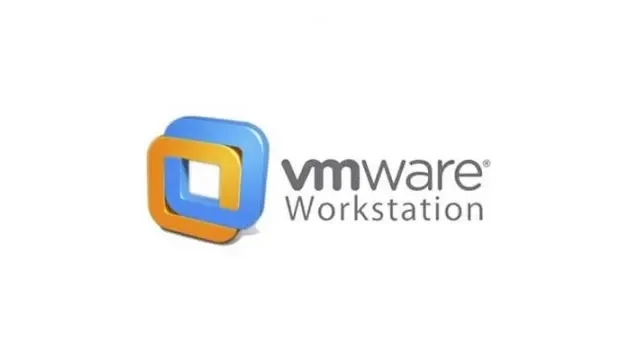How to Fix VMware Unable to Locate VMX Binary Error

Upon attempting to initiate a virtual machine using VMware Workstation, we encountered an error notification indicating that the VMX binary could not be located. This error led to the failure of the virtual machine to start, consequently blocking access to the virtual environment. In this article, we will explore straightforward solutions to resolve this issue.
Error upon Startup: VMX Binary Not Found
Resolving the VMX Binary Not Found Error in VMware Workstation
If you are experiencing difficulties with VMware finding the VMX binary, consider the following remedies:
- Restart your host computer
- Verify the VMX file path
- Modify the VMX configuration file
- Alter the virtual machine’s disk image
- Reinstall VMware Workstation
Let’s delve deeper into each solution.
1] Restart Your Host Computer
The initial step is to restart your host computer and check whether the issue persists. Sometimes, VMware may fail to locate the VMX file due to temporary glitches, and a reboot could resolve the problem. After restarting, see if the issue is resolved.
2] Verify the VMX File Path
Inspect the VMX file path to ensure it is accurate. Both the path and drive letter need to be verified. To do this, access File Explorer and navigate to C:\Users\<username>\Documents\Virtual Machines. Open your virtual machine’s folder to locate the VMX file. Open the. vmx file using a text editor and confirm that the path indicated is correct. This path may be incorrect if you have migrated the virtual machine. Adjust it as needed and check if the problem is resolved.
3] Update the VMX Configuration File
It is important to ensure that the setting for monitor_control.restrict_backdoor is set to false so that the virtual machine can bypass specific restrictions that may have led to the error. This setting regulates the “backdoor” communication channel between the guest OS and the hypervisor; if it is true, such communication is limited, allowing only specific access.
In addition, the vmci0 entry—which facilitates quick communication between the virtual machine and the host, as well as among virtual machines on the same host—should also be configured to false, since enabling it can potentially cause issues.
To implement these changes, follow these steps:
- Open File Explorer and go to
C:\Users\<username>\Documents\Virtual Machines. - Open your virtual machine’s folder, then look for the VMX configuration file.
- In Notepad, find
monitor_control.restrict_backdoor = "true"and change it tomonitor_control.restrict_backdoor = "false". Locate vmci0.present = "true"and modify it tovmci0.present = "false".
After saving your changes, close the file. If you cannot find the monitor_control.restrict_backdoor option, feel free to skip this step. Once you have made the necessary adjustments, try starting your virtual machine again to see if the issue has been rectified.
4] Modify the Virtual Machine Disk Image
If the VMX file is corrupted, it could trigger this error. Corruption may result from various factors, such as power outages or incomplete downloads. To remedy this situation, consider creating a new virtual machine and utilizing the existing VMDK (virtual disk) file. Follow these steps:
- Within VMware Workstation, first create a new virtual machine with the identical name and operating system as the problematic one.
- During the setup process, select the option to use an existing virtual disk and direct it to the VMDK file of the original virtual machine.
- Transfer the VMDK file from the original machine’s folder to the new virtual machine’s directory.
- Substitute the VMDK file in the new virtual machine folder with the copied one.
Finally, launch the virtual machine to see if the issue is resolved.
5] Reinstall VMware Workstation
If the problem continues even after replacing the VMDK file, it may be necessary to reinstall VMware Workstation. To do this, navigate to Settings, proceed to Apps > Installed apps, search for “VMware Workstation,” click on the three dots, and choose Uninstall. Once uninstalled, download and install VMware Workstation again on your system.
These methods should help you effectively resolve the issue described in this article.
Where Can I Locate the VMX File in VMware?
The VMX file is typically located at C:\Users\<username>\Documents\Virtual Machines. You can access this directory through File Explorer, navigate to your virtual machine’s folder, and look for the VMX or VMware Configuration File. Any necessary modifications can be made using Notepad, Notepad++, or any preferred text editor.
Is It Possible to Repair a VMware VMX File?
Directly repairing a VMware VMX file is not feasible. Instead, the recommended approach is to create a new virtual machine and link it to the existing virtual disk (.vmdk) file. Be aware that this process will generate a new MAC address for the network interface(s), which may cause complications if software relies on the virtual machine’s original MAC address.


Leave a Reply